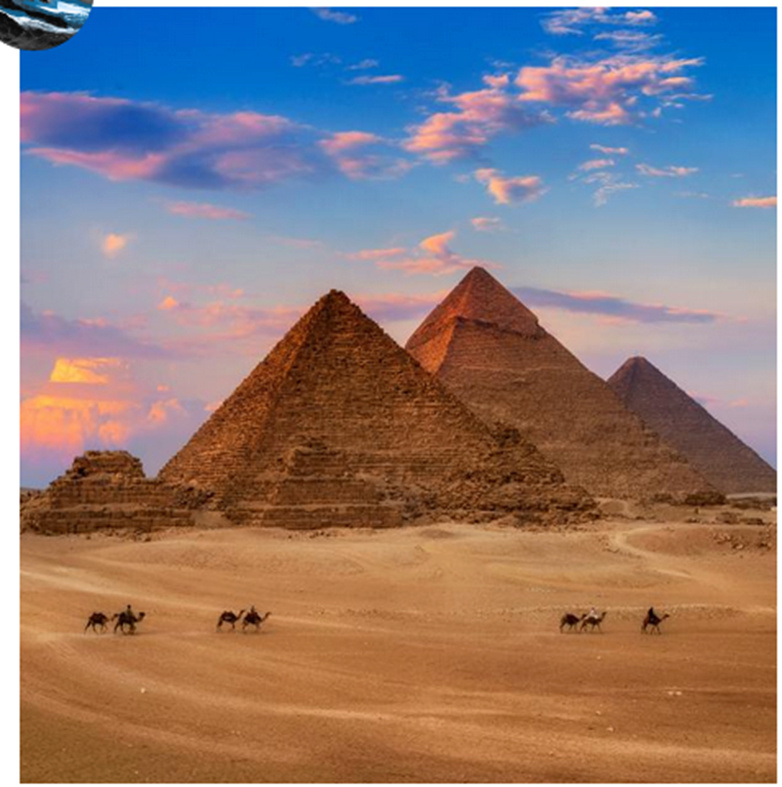Discovery of a hidden room in the Great Pyramid

New study of the Great Pyramid of Giza could shed light on its mysterious voids
A new high-powered cosmic ray scan of the Great Pyramid could reveal the identity of two mysterious voids inside the pyramid. The larger of the two spaces is located directly above the Grand Portico, a corridor leading to what may have been the bedroom of Pharaoh Khufu. It is approximately 30 meters long and six meters high. Archaeologists aren't sure what they will find in the void, which could be one large space or several small rooms. They also hope to know the purpose of this void - the most surprising possibility is that the opening is a burial chamber. Khufu's hidden possibility, but the simplest possibility is that the cavity played a role in the construction of the pyramid.

The Great Pyramid of Giza, built for Pharaoh Khufu, is the largest pyramid built in ancient Egypt, which is the only remaining trace of the wonders of the ancient world. Between 2015 and 2017, the ScanPyramids project carried out a series of surveys to analyze muons, cosmic particles that regularly fall to Earth, to detect possible voids. In 2017, these tests revealed the presence of both voids. . A new team now plans to study the Great Pyramid again, but this time using a more powerful and detailed muon analysis system. Muons are negatively charged elementary particles that form when cosmic rays collide with atoms in Earth's atmosphere. These high-energy particles are constantly falling to Earth because they behave differently when interacting with... Rocks versus air, for example, researchers can use ultra-sensitive detectors to identify particles and map areas where they cannot explore them physically. As is the case with the Great Pyramid.
“In a paper that has not yet been published, which has not yet been evaluated by other researchers in the field,” the researchers wrote. We plan to install a telescopic system approximately 100 times more sensitive than recently used equipment. used in the Great Pyramid. Since the proposed detectors are very large, they cannot be placed inside the pyramid. So our approach is to place it outside and move it along the base. “This way we can collect muons from most angles to create the required dataset.”
They added: “The use of very large muon telescopes placed abroad can produce high-resolution visual images. » To the large number of muons discovered. The researchers pointed out that the detectors are so sensitive that they can reveal the presence of artifacts inside voids. Alan Bross, a scientist at Fermi National Accelerator Laboratory, said: “If a few cubic meters are filled with materials such as pottery, metals, stones or wood, we will be able to differentiate them from air. »
Source: websites

